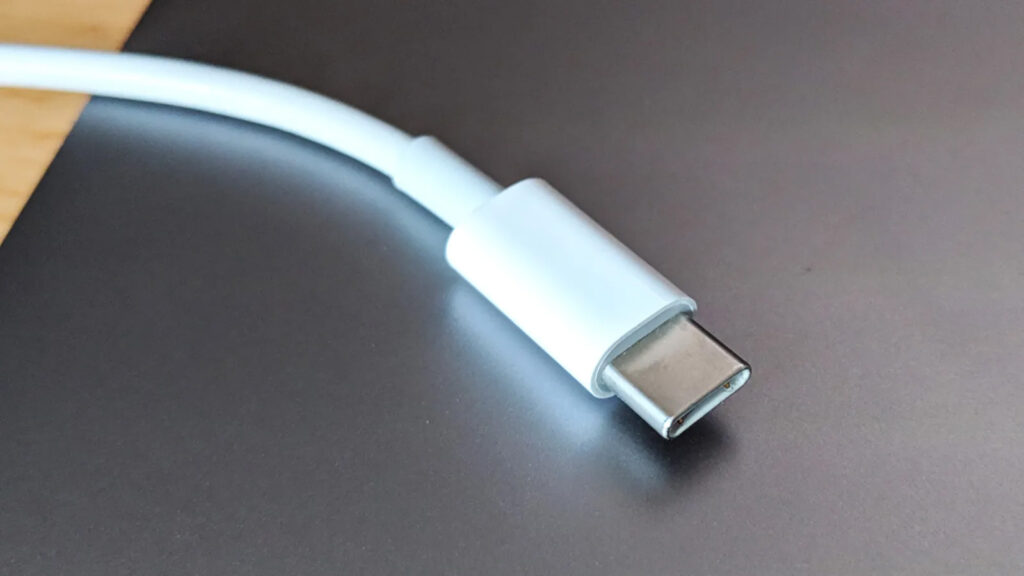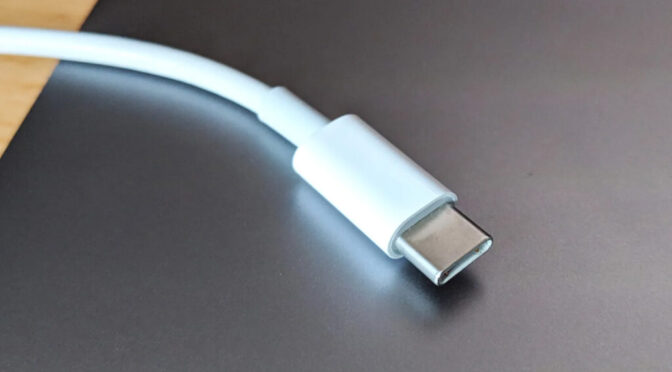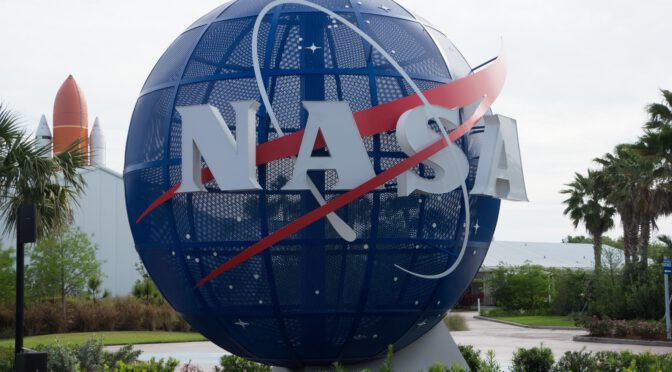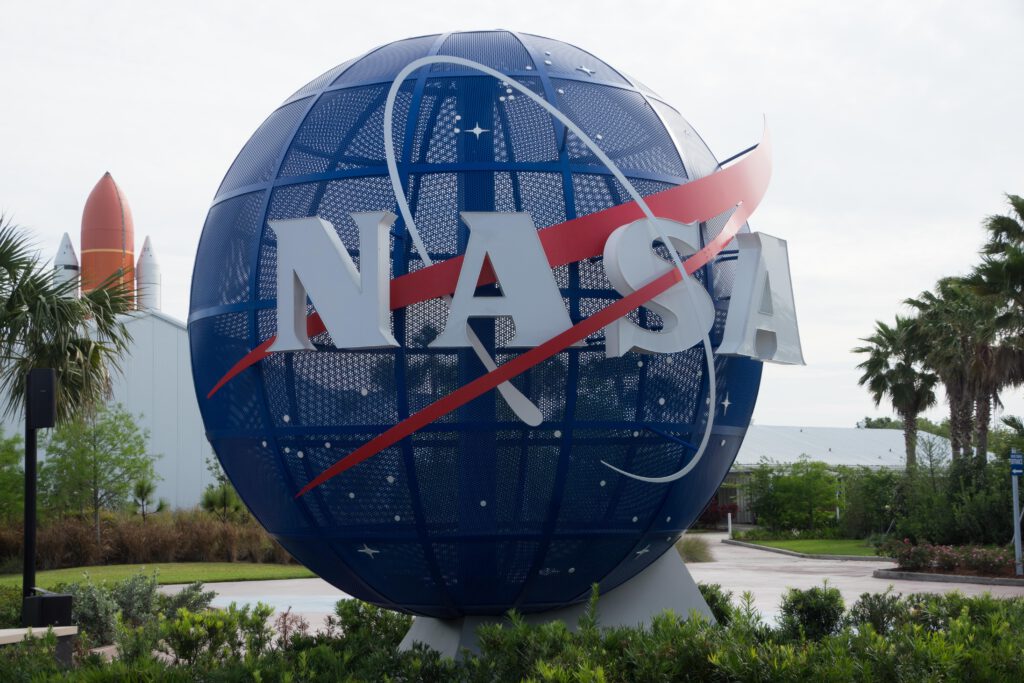Image: Circuit Board Chip, Free Stock Picture, MorgueFile.com.
Lithium is an elementary building block for lithium-ion batteries. And as the electric vehicle market expands rapidly, so does the demand for lithium. A development that also offers opportunities for investors.
Electromobility is picking up speed worldwide. Last year, more than 6.5 million electric cars were sold around the world, which corresponds to an increase of 108 percent compared to the previous year.
Around 16.5 million electric cars are now moving from A to B worldwide, which is around three times as many as in 2018. That the market share in the entire automotive market is also increasing sharply – from 4.7 percent in 2020 to 9.5 percent now percent – is therefore not too much of a surprise. A trend that is likely to continue in the future as a result of stricter emission standards and climate change.
The management consultancy Boston Consulting Group expects battery cars to account for around 20 percent of all global sales in 2025 – and by the middle of the next decade it will already be 59 percent. In short: The electric car trend is here to stay.
Persistent supply deficit
In the wake of the rapid growth in electric cars, lithium-ion batteries – and the light metal lithium that goes with them – are also becoming increasingly important. So much so that the already existing supply deficit is likely to increase further.
The official institutes see a supply deficit of up to 200,000 tons of lithium around 2030. Other estimates see a deficit of a similar magnitude or, in some cases, an even greater deficit.
The world market prices for lithium carbonate have been taking this expectation into account for months. While a ton of the “white gold” cost less than 100,000 Chinese yuan (about 14,666 USD) last summer, this price is now around 470,000 yuan. And: Against the background of the probable ongoing supply deficit, the price could still have room for improvement.
Interested investors need to take a closer look
Unlike crude oil, copper or zinc, there are no futures markets for lithium. The world market price is therefore the sum of many supply contracts that have been concluded within the industry and which can sometimes differ greatly depending on the quality of the lithium and the key data of the agreement. That doesn’t make it any easier for interested investors.
Since there are no futures contracts on lithium, derivatives on official prices are no longer used as an investment instrument. However, investors who expect a further price increase can participate indirectly in the price development – for example by taking a closer look at individual companies in the industry. Well-known names include Albemarle from the USA, Allkem from Australia and the Chilean chemical company SQM.
In addition to the big names, there are also numerous smaller companies that claim to want to mine and sometimes process lithium in the future.
One of these companies is the German-Canadian company Rock Tech Lithium. A few weeks ago, the company, which is valued at around 260 million USD, concluded a framework agreement with an undisclosed German car manufacturer and agreed, among other things, to cooperate with a subsidiary of Thyssenkrupp.
Lithium hype: seize opportunities and reduce risks
In the search for returns, however, investors should not be too hastily blinded by supposed success stories and consider that smaller companies in particular without major operational business must first make large investments in order to be able to act on the market.
Many investors have also jumped on the lithium bandwagon in recent months. A diversified engagement and a preference for companies with a transparent supply chain and a sharpened ESG profile could therefore be an important prerequisite for successful investments in the lithium market.
Above all, the lithium extracted from South American salt lakes is considered problematic for reasons of environmental and water protection.
Basically, broadly diversified ETFs score above all because they spread the opportunities and risks over several shoulders. Not only is the choice of lithium ETFs — passively managed funds that invest in companies involved in lithium mining or lithium battery production — not only limited, but these ETFs are often new and relatively new also have a relatively small volume.
Investors who are interested in such an ETF should therefore have a certain willingness to take risks.
Investors who are not exclusively focused on lithium and instead are more interested in companies that cover the entire range of e-mobility can invest in a variety of corresponding ETFs that have a much higher volume and cover significantly more companies. For example, the ETF iShares Electric Vehicles and Driving Technology, which is around three and a half years old, is around 700 million USD and distributes the fund volume to over 100 companies.
Be careful: Despite the promising prospects for the lithium and electromobility market, investors are not guaranteed a nice return.
The contents of this column do not constitute investment advice or a solicitation to buy or sell any financial instrument. Past performance is not a reliable indicator of future performance. Investments in the capital market are associated with risks.

























